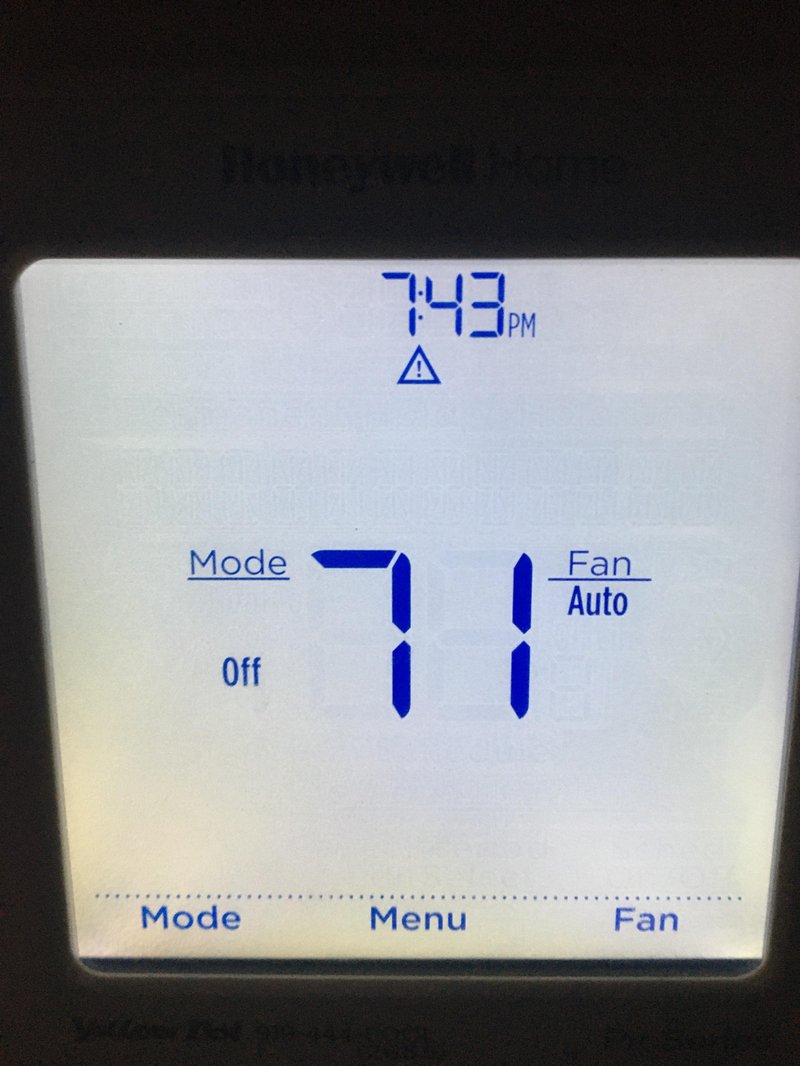
Error codes are like secret messages from your air conditioner, designed to keep you informed when something isn’t quite right. They’re like a car’s “check engine” light, alerting you to potential issues. The OE error code is one such message, and while it might seem intimidating at first glance, rest assured, it’s not as scary as it appears. This code tells you there’s water where it shouldn’t be — typically excess water in the drip pan — which is both a common and solvable issue.
Understanding Error Code OE
Let’s dive into what this error code is trying to tell you. Imagine your air conditioner is like a complex little ecosystem, carefully balancing temperature and humidity to keep your living space comfortable. As it cools the air, it also removes moisture, which then gets collected in a drip pan. If you suddenly see the OE error code flashing, it indicates that this pan has likely overflowed, or there’s an issue with water drainage.
Why does this happen? Well, sometimes the drain line can get clogged with dust, debris, or even mold, which is a bit like a blocked kitchen sink. Water can’t find its way out and starts pooling. Alternatively, the float switch, a small device that detects water levels, might be malfunctioning like a stuck gas gauge, giving false readings. The good news? These problems are usually easy to fix with a bit of patience and elbow grease.
Should you be concerned? Not necessarily. The error is more of a precaution than a sign of danger. If left unchecked, it could lead to more significant issues, such as water damage or mold growth, but addressing it promptly usually keeps things in check. So, while it’s not ideal, it’s certainly manageable.
Steps to Fix the OE Error Code
Got that error code? Don’t worry, here’s how you can tackle it. First, turn off and unplug your air conditioner to prevent any electrical mishaps. Working with machines is safest when they’re off, just like turning off the faucet before fixing a leak. Once you’ve done that, inspect the drip pan. If it’s full, carefully empty it. This might solve the problem right away if the overflow was minor.
The next step is checking the drain line. Like a blocked garden hose, clear it out with a gentle touch. You might be able to dislodge obstructions with a long, flexible brush or even a quick blast from your vac. Once it’s clear, reconnect everything securely.
And don’t forget the float switch! This tiny component acts like the sensor on your car’s fuel tank, so make sure it’s moving freely and isn’t obstructed by anything. Give it a gentle tap to ensure it’s not stuck, and inspect it for any visible damage.
Preventing Future OE Errors
Now that you’ve conquered the OE error code, how do you keep it from returning? Regular maintenance is key. Just like watering your plants, it’s all about consistency and care. Clean your unit’s filters and inspect the drain line regularly to ensure it remains clear. Think of it as giving your air conditioner a regular health check-up to prevent any future hiccups.
Consider installing a drain line cleaning kit, which is like having a tiny plumber on standby. This simple addition can help keep things flowing smoothly and prevent blockages before they start. Also, it might be a good idea to check the float switch now and then, ensuring it hasn’t gotten stuck or dusty.
Finally, keep an eye on your environment. A dusty room can contribute to blockages, so regular vacuuming and dusting help more than you might think. It’s a simple way to ensure your air conditioner remains your cool, reliable friend through the hottest days.
In conclusion, while the OE error code might seem daunting at first, it’s really just your air conditioner’s way of asking for a bit of attention. By understanding what it means and taking a few simple steps, you can ensure your unit continues to run smoothly and safely throughout the year.